ZMET Test

Introduction
The Zaltman metaphor elicitation technique (ZMET) is a patented market research tool. ZMET is a technique that elicits both conscious and especially unconscious thoughts by exploring people’s non-literal or metaphoric expressions.

It was developed by Dr. Gerald Zaltman at the Harvard Business School in the early 1990s. As Zaltman described it, “A lot goes on in our minds that we’re not aware of. Most of what influences what we say and do occurs below the level of awareness. That’s why we need new techniques: to get at hidden knowledge-to get at what people don’t know they know.” The technique has been used by academic researchers and for marketing purposes to study a variety of topics related to both marketing and the social sciences.
Jerry Zaltman began thinking about the power of using imagery in research while in Nepal in 1990. He gave local residents disposable cameras and asked them to take pictures that explain village life.
The imagery revealed ideas that would have been difficult to put into words. This insight spawned an entirely new field of research: the use of imagery to facilitate deep probing into people’s true thoughts and feelings. ZMET® forms the foundation of this research, and continues to inform new approaches within Olson Zaltman and in the industry at large.
The ZMET research process
Research study participants are usually asked to collect a set of pictures that represent their thoughts and feelings about the topic of interest. Zaltman cites prominent researchers like Steven Pinker and Antonio Damasio to support his claim that humans think in images – often in the form of visual images – rather than in words. The pictures that participants collect are important non-literal devices for uncovering deeply held, often unconscious, thoughts and feelings.
The goal of the ZMET interviews and analysis is to uncover the relevant fundamental structures that guide people’s thinking about a topic. These deep structures are unconscious, basic orienting frames of human thought that affect how people process and react to information or a stimulus. They manifest themselves in surface metaphors used in everyday language and conversation; when grouped they point to the deeper frames or structures a person is using to understand a topic (see framing). These frames can be used in a marketing context to help marketers communicate more effectively to consumers about a brand, product, or topic.
Why the ZMET?
- The consumer is in control, not the researcher (unlike focus groups, gather own pictures, develop own insights).
- Use of metaphor helps uncover the importance of non-visual sensory images
- Reduces problem of consistency
- Pays attention to cognitive and emotional sides of the brain
The brand taken for the ZMET test is dove soap.
Related posts:THE PICTORIAL ASSOCIATIONS
A set of pictures are shown to the respondent (In this case a female aged between 25 – 30 years) and the responses are noted.
According to the respondent the above picture is explained as follows. Using dove helps to develop self confidence and redefines the meaning of being beautiful as it gives confidence and leads to not only external but internal beauty.
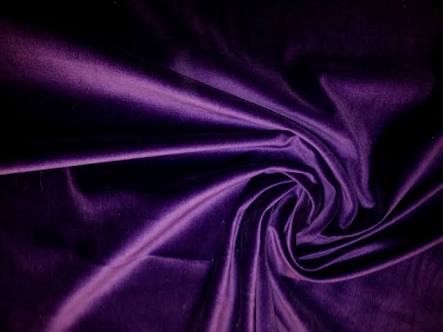
According to the respondent the above picture is given because the respondent feels that after using dove soap the person’s skin is silky smooth and soft. This image comes into the mind of the respondent as the material appears smooth and soft as the silk cloth represented in the image. This shows the confidence in the respondent about the use of the product i.e. Dove soap.

The above image also defines the mother daughter bond or relationship and how the mother influences the way the daughter thinks. This picture emotionally targets mothers to give their daughter the best of what is available.

This picture means that dove soap gives the respondent lots of self belief and confidence and this leads to success. If this is present in the mind of the respondent then dove either in its ads or by means of the product has instilled this sort of confidence in the respondent which is a very positive thing for the brand as a whole.
By this we can say that the respondent or consumers as a whole will get the confidence that they can use any other product of dove as they have this feeling that using dove will lead them to success.
Keywords: Self belief, confidence and success.
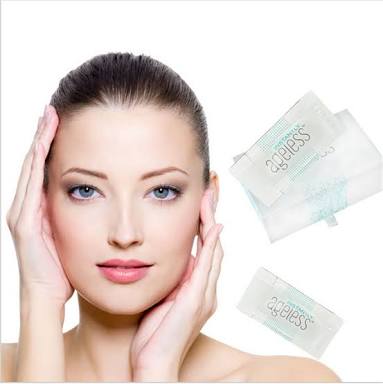
The above picture according to the respondent is very important as it deals with longevity of beauty. The respondent feels that using dove will make her look ageless, and the respondent can defy age by looking young even if she’s aging.

According to the respondent, the above picture depicts that dove as a soap is so mild and it takes care of the skin as if it’s a baby’s skin. This picture entrusts the mildness of the soap. Indicates the brand association.
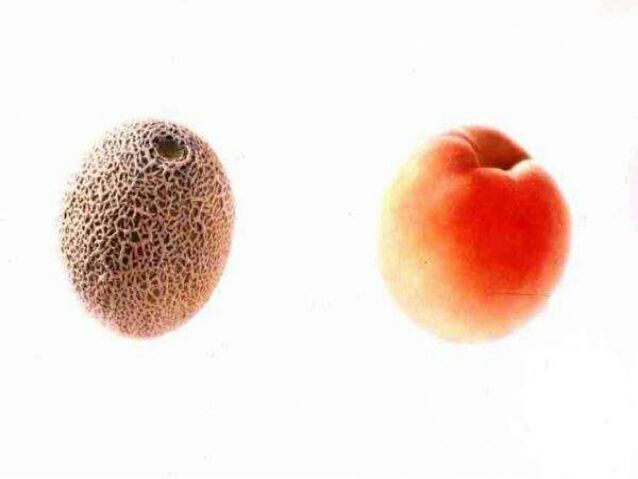
According to the respondent the above picture represents the skin of persons using an ordinary soap and skin of people who use dove soap. This means dove moisturises the skin when compared to other soaps and keeps the skin from drying and breaking during all the seasons.

This image above is the direct thought that the respondent gets once the name of the brand is heard. This is more sort of a direct image.

Sometimes the respondent remembers milk when she imagines about dove soap due to the colour. The ads that the respondent sees reinforces this concept that dove is made up of milk which might not be actually true in the first place. But the respondent is given that feeling that dove is made up of milk. “As pure as milk” is the phrase that the respondent used. This is also highlights purity of the soap and its association to milk.

There are lots of childhood memories of the respondent associated with the product and hence the above picture was provided.
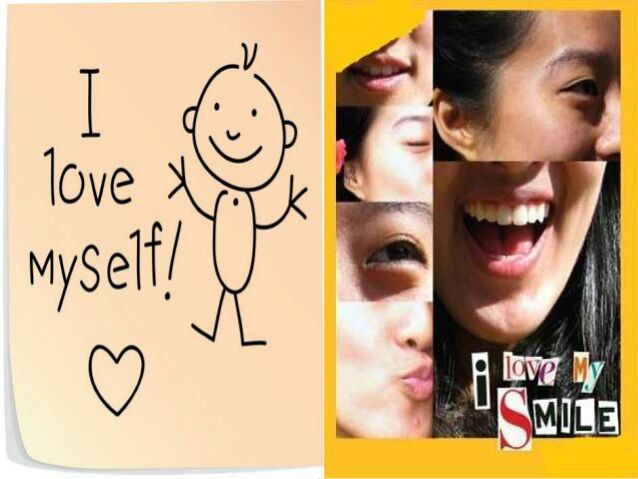
The above picture according to the respondent is the regard for one’s own well being and happiness. Self love which the respondent tries to explain in a way which she feels is not selfish but everyone should love themselves to some extent. When asked as to what is that extent the respondent reveals that the self love should not lead to self obsession. Dove helps in pampering the skin and this is the association with the soap.

When asked the respondent as to what the above picture depicts, the answer was as follows.
“Daughters always look upon their mothers and follow whatever they do.” This means that the respondent’s mother has also used dove and as a result the respondent is also using dove. Mothers set the standard for their daughters and this is very evident in the respondents reply. This answer hence talks about mother-daughter relationship.
The triad task
The triad task seeks to identify concepts and distinctions at a higher level. The interviewer asks the participant to examine three pictures selected at random by the interviewer and to indicate how any two pictures are similar, but different from the third, with regard to the topic.
The three images below are the images selected for the triad task
For the respondent the ageless picture and the baby picture are similar as being ageless or defying age will be like having a skin like a baby i.e. the skin being very soft and smooth. But these 2 according to the respondent is not similar to the success picture.
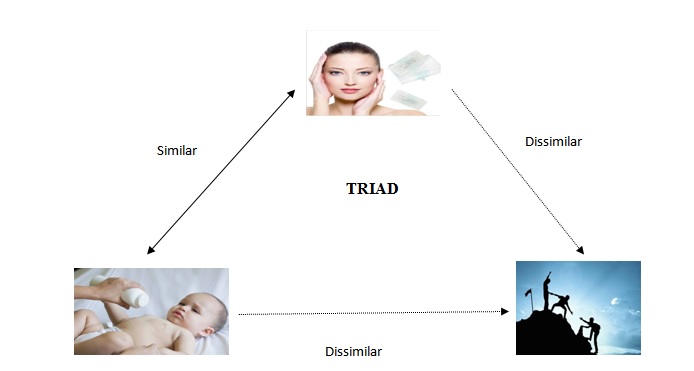
Most representative image
This represents the image that represents the product the most. The image and the reason is as follows.

This image represents the product dove soap the most as the soap is mild and does not affect the skin. It moisturizes the skin and maintains it like a baby’s skin. Soft, smooth and silky.
The mental map
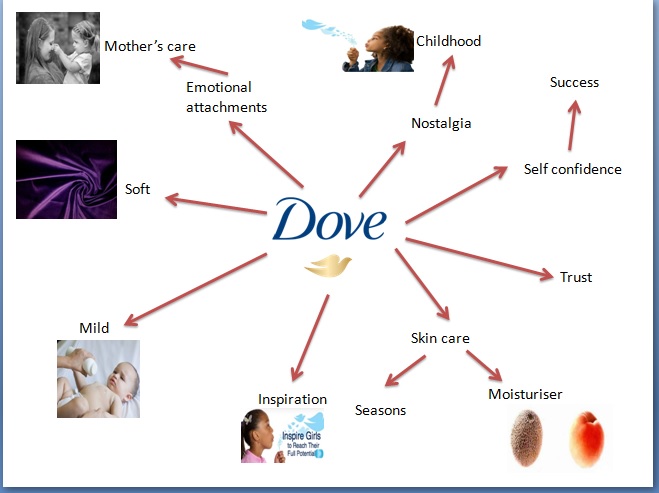
The Power of Metaphor
Humans think in images, not words. Most research tools, according to Zaltman, are “verbocentrics.” Conscious thought – thoughts that we can articulate because we are fully aware of our own existence, sensations and cognition. Unconscious thought – thinking outcomes of which we are unaware or vaguely aware and struggle to articulate, mental activity outside conscious awareness. Metaphors stimulate the workings of the human mind.
The downsides
- Respondent fatigue
- Cost, time
- Matter of opinion
- Cannot change perception .No key insight into media channels or different sets of buyers Does not offer perceptions on brands relative to competitors
Missing image
Q: Were there any qualities of Dove soap that you could think of but could not get an image to represent it here?
Satisfaction is the 1st word that the respondent said when asked about the missing image. The respondent is unable to think of an image for satisfaction and told me that satisfaction is something that can only be expressed.
Sorting of the images into groups
The respondent was I asked to sort the pictures out into groups so as to gain an insight into the different aspects of Dove soap that were important to the respondent.
Set 1: Mother daughter relationship and childhood
Set 2: Skin care moisturizer, mild, soft and smooth
Set 3: Inspiration leads to success
Set 4: Love yourself
Sensory Image

When asked the respondent, as to, what was the most important attribute in that can be sensory in nature. The image selected is as follows.

Milk , white, cream, butter are the thoughts when the respondent is asked to imagine about dove soap.
Written by Ashwin Kumar C











Excellent article. Great job 👍🏽
LikeLike
Truly appreciate . Lots of psychological approach into the research. Good job Ashwin
LikeLike
Thanks a lot 🙂
LikeLike
Thank u 🙂
LikeLike
Good read! Interesting use of ZMET.
LikeLike
Thanks a lot!! 🙂
LikeLike
Very intersting article. Power of visuals nicely depicted..
LikeLike
Thanks a lot 🙂
LikeLike
Very well written Ashwin! Keep up the good work 🙂
LikeLike
Thank you bro
LikeLike
Wow such a detailed post. Interesting theory as well.
LikeLike
very interesting article.
LikeLike
I had never heard of any of this before- very informative, thank you for sharing!
LikeLike
I’ve been on a personal development journey kick for quite some time. Interested to see how this incorporates.
LikeLike
This is a In-depth analysis you’ve done a great job here bro
LikeLike
Lots of psychological approach into the research. Good read!
LikeLiked by 1 person
This post is so detailed and so good! Love it!
Xoxo
Yolanda | IreviewUread
ireviewuread.com
LikeLiked by 1 person
Um…. that was deep. Definitely wasn’t what I expected but interesting to say the least.
LikeLiked by 1 person